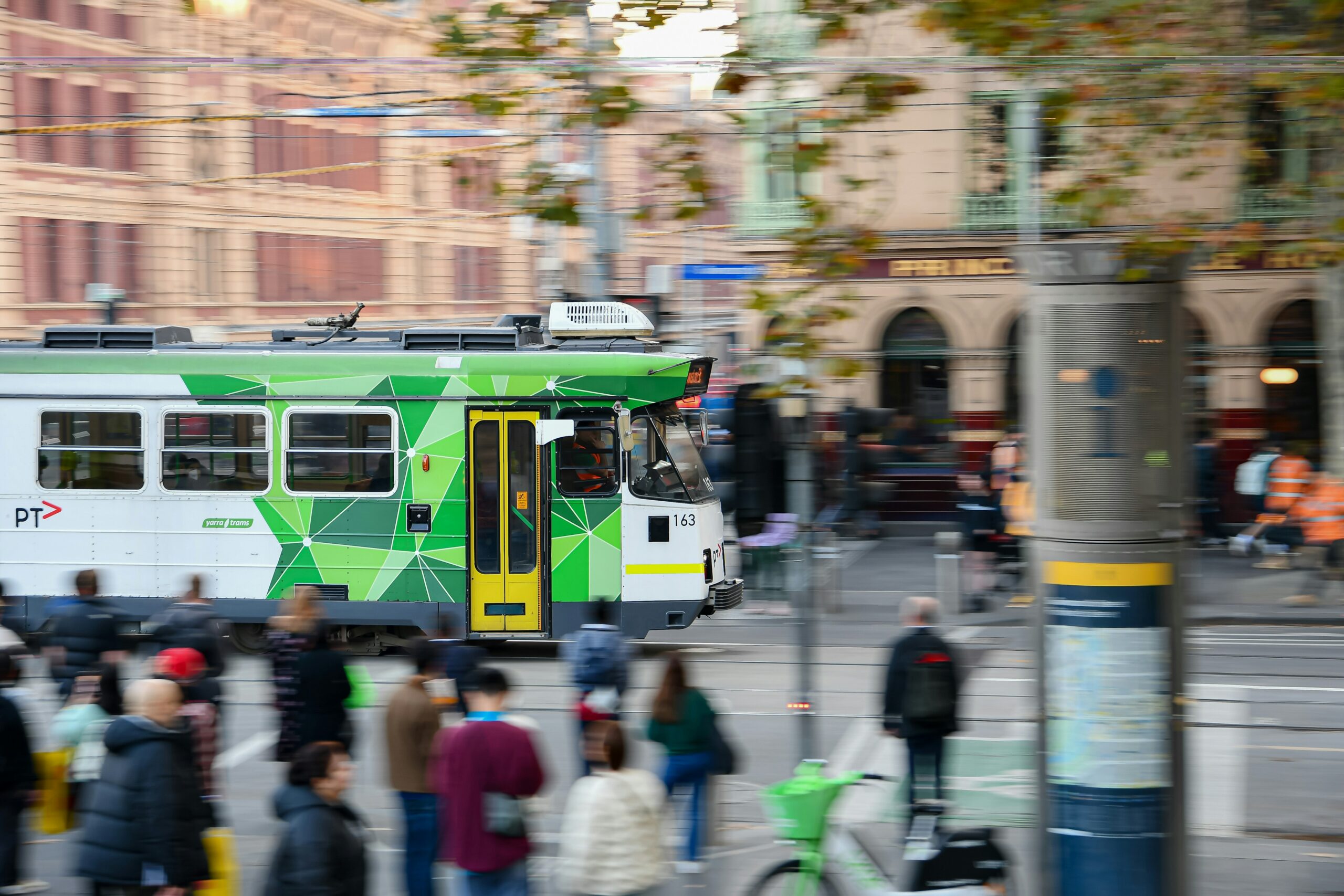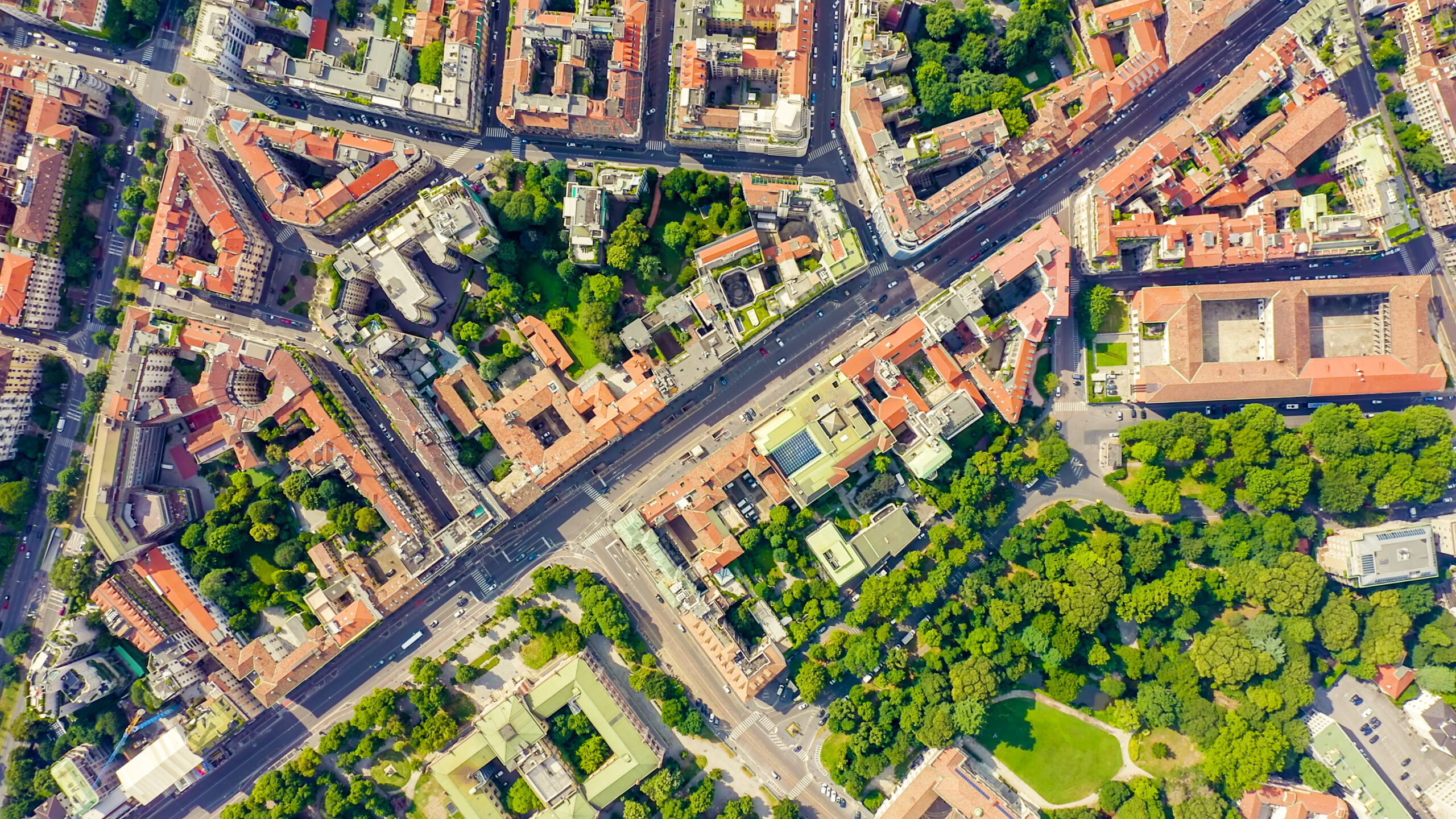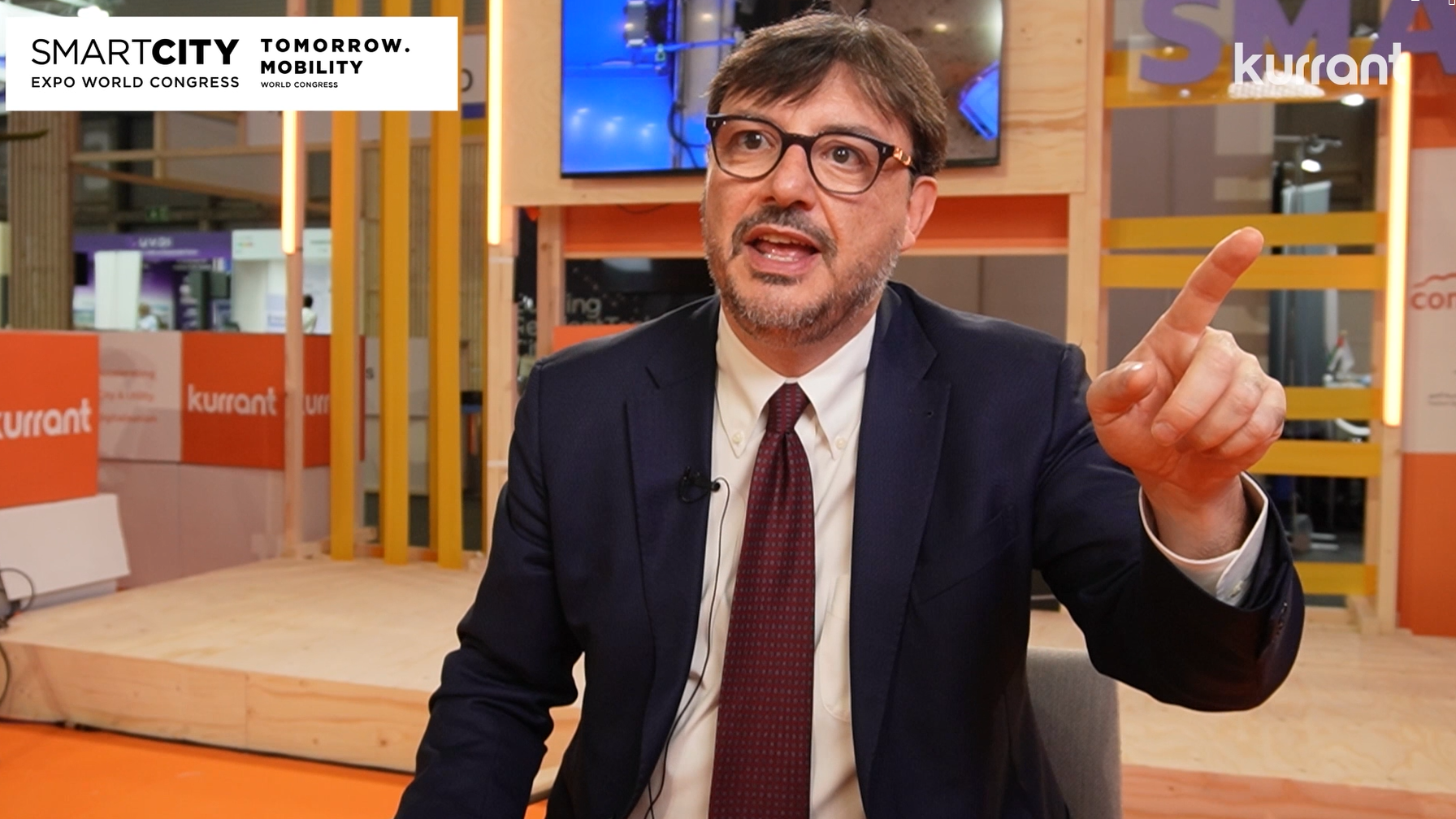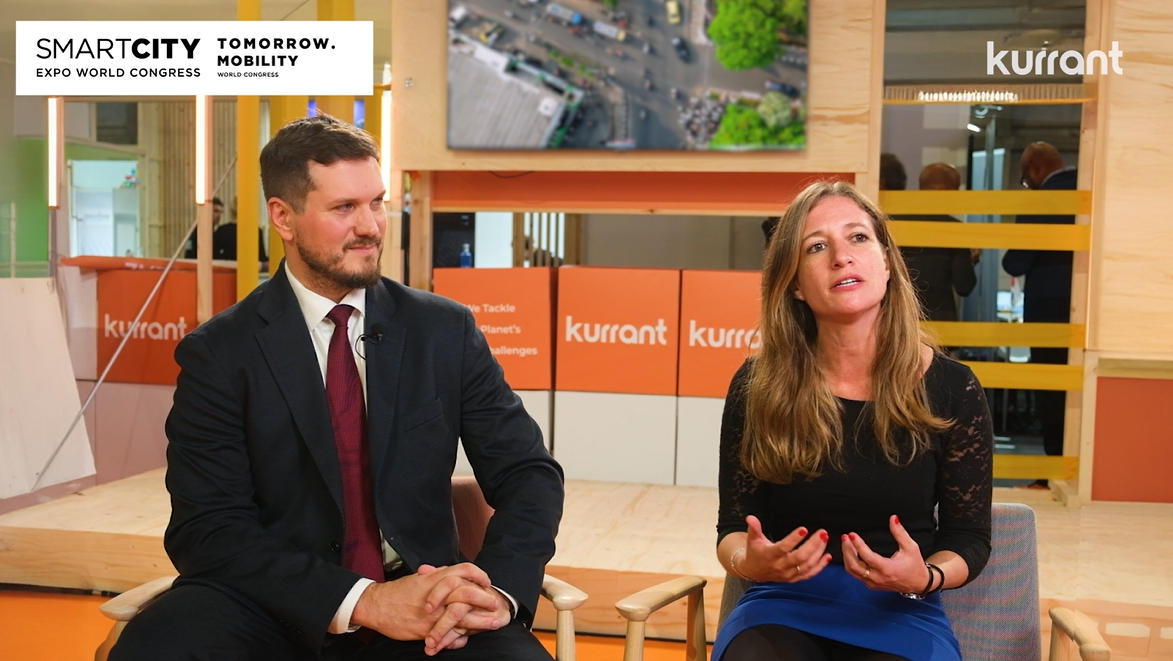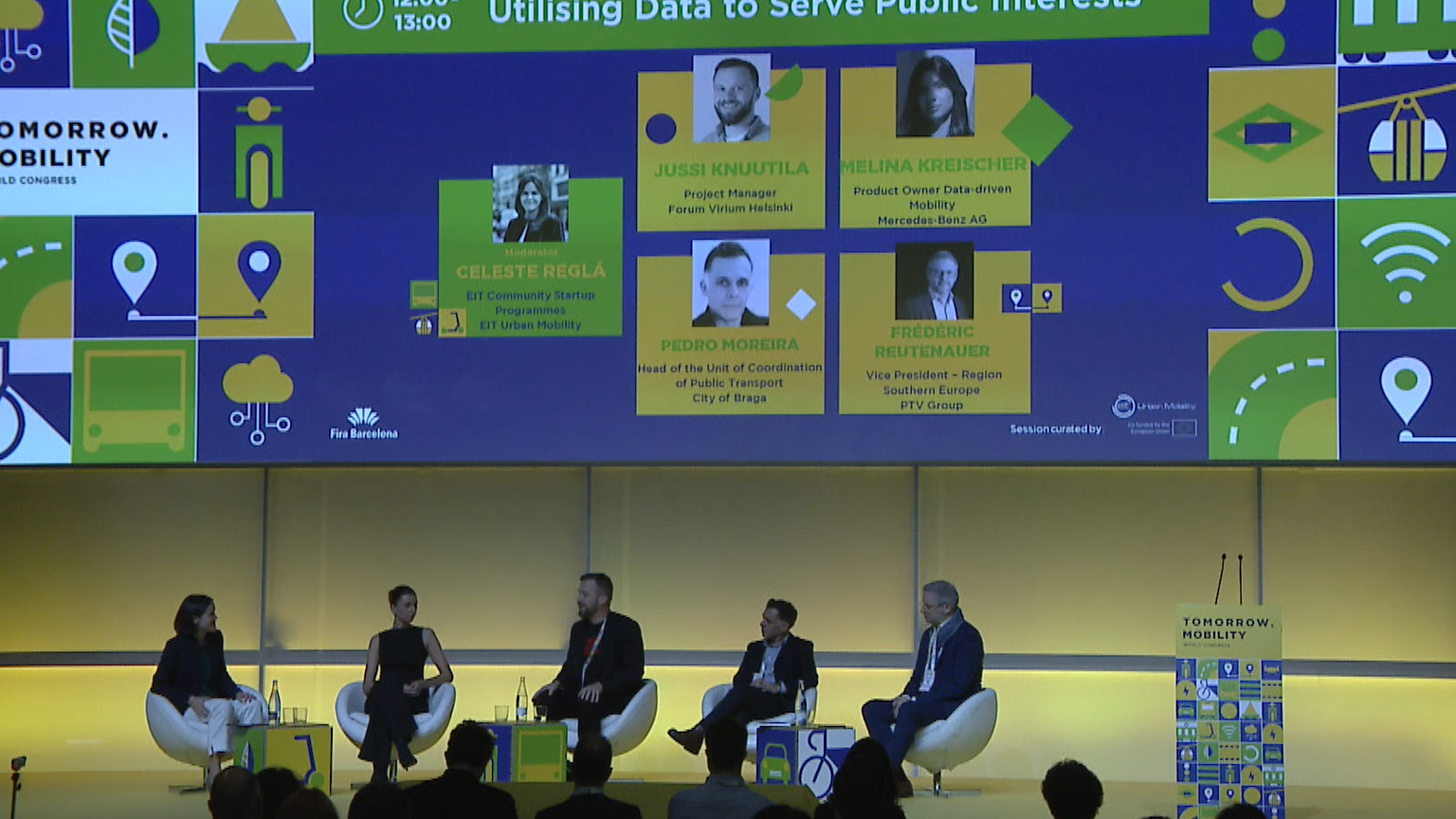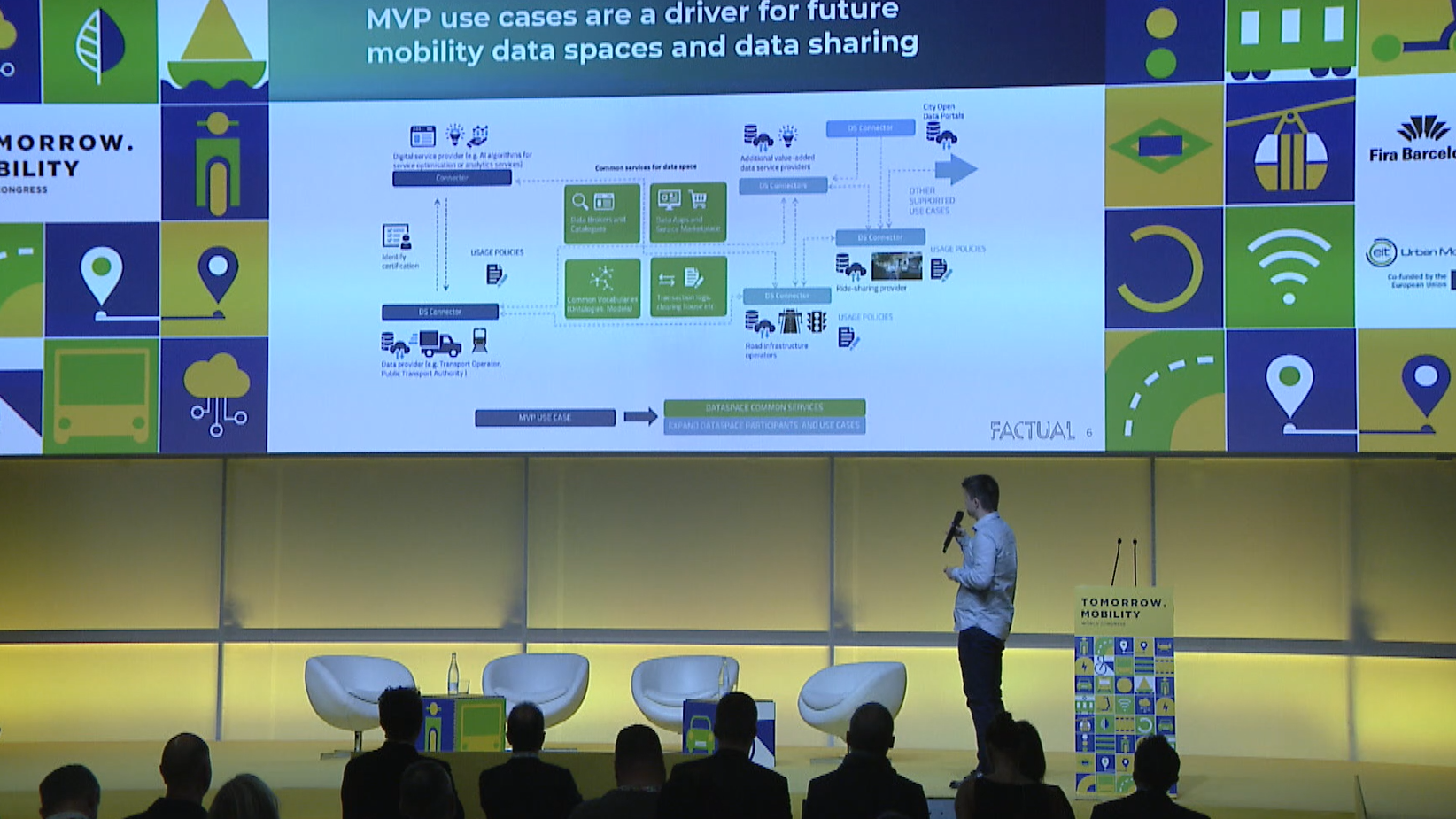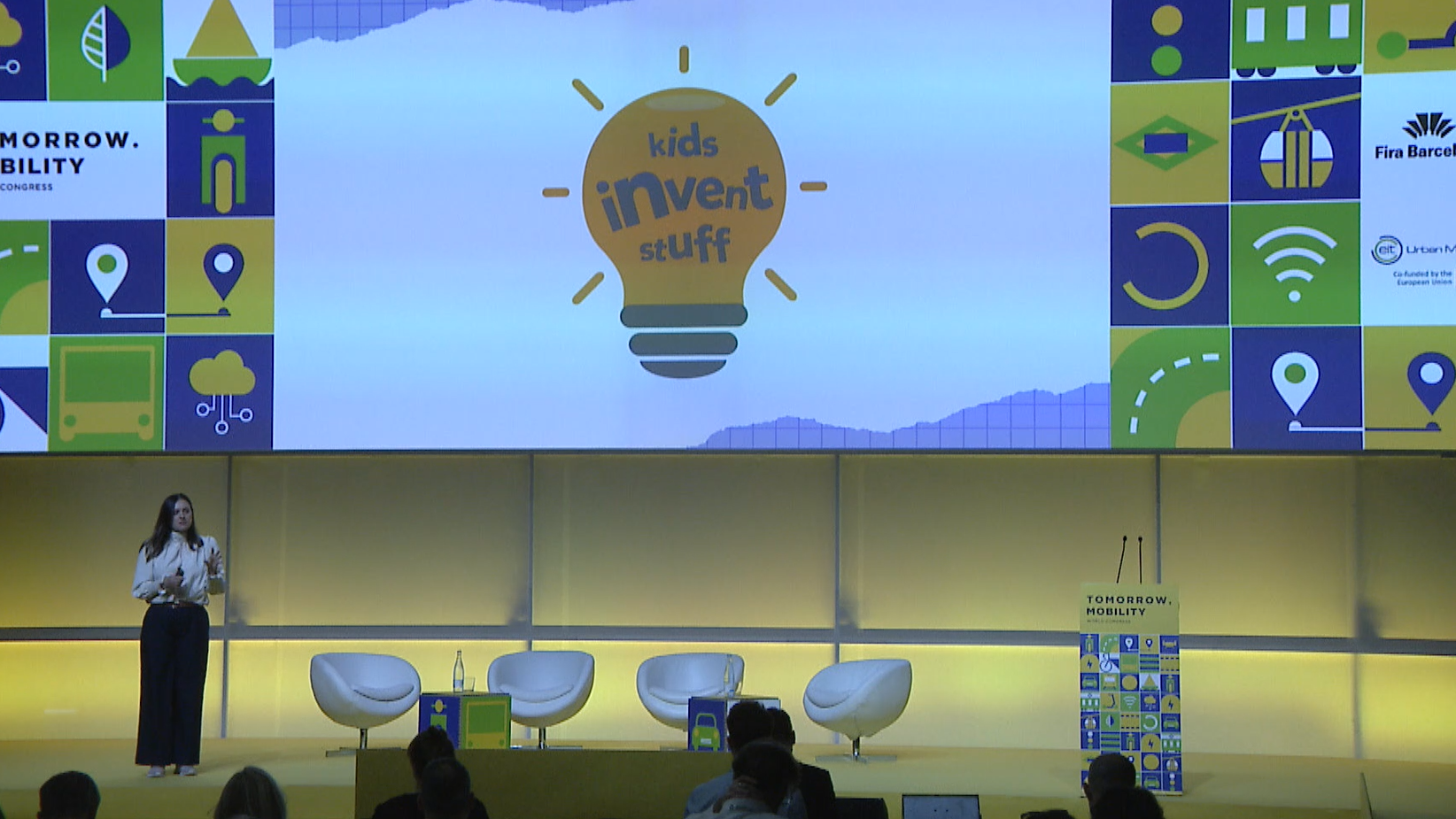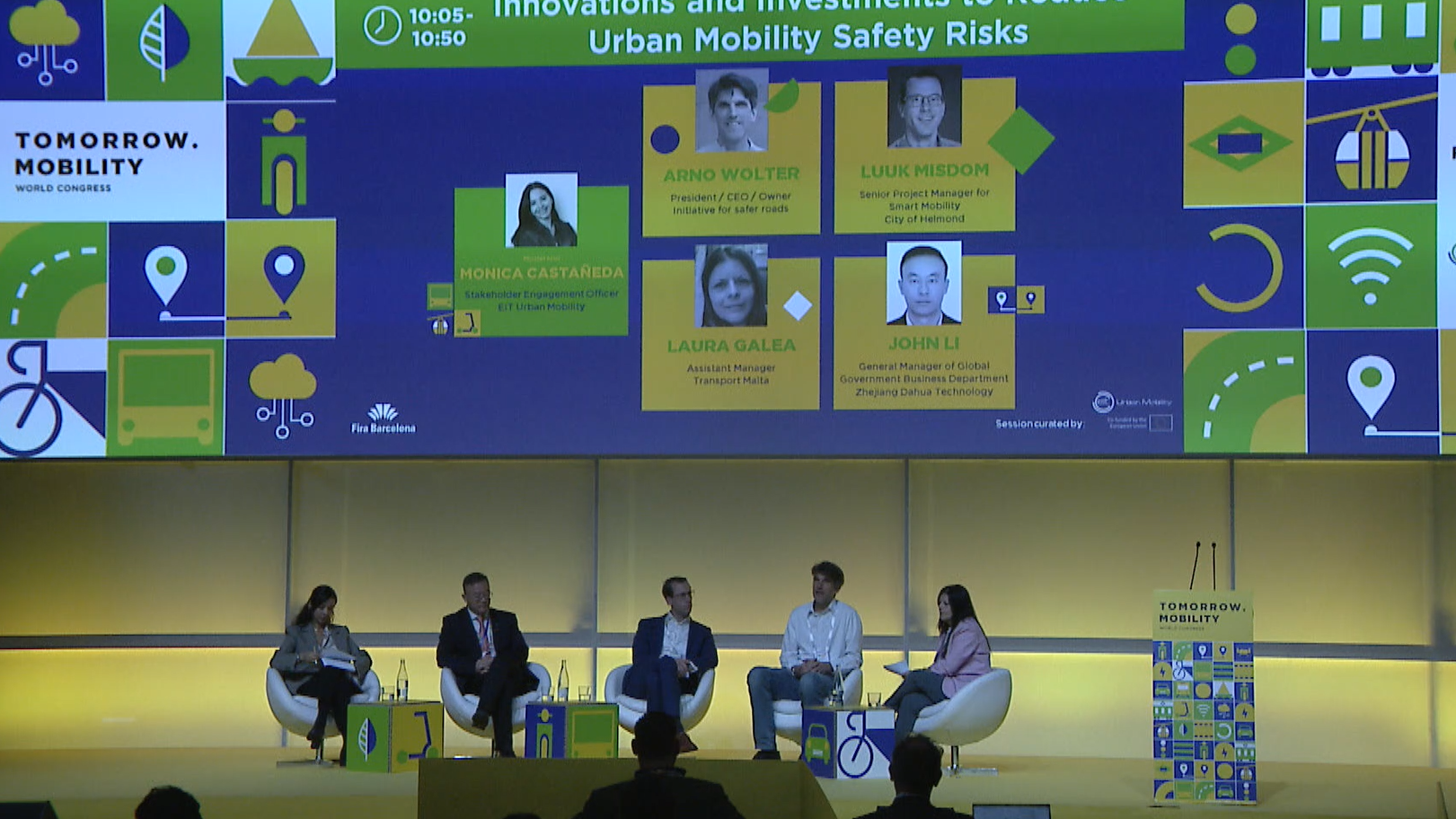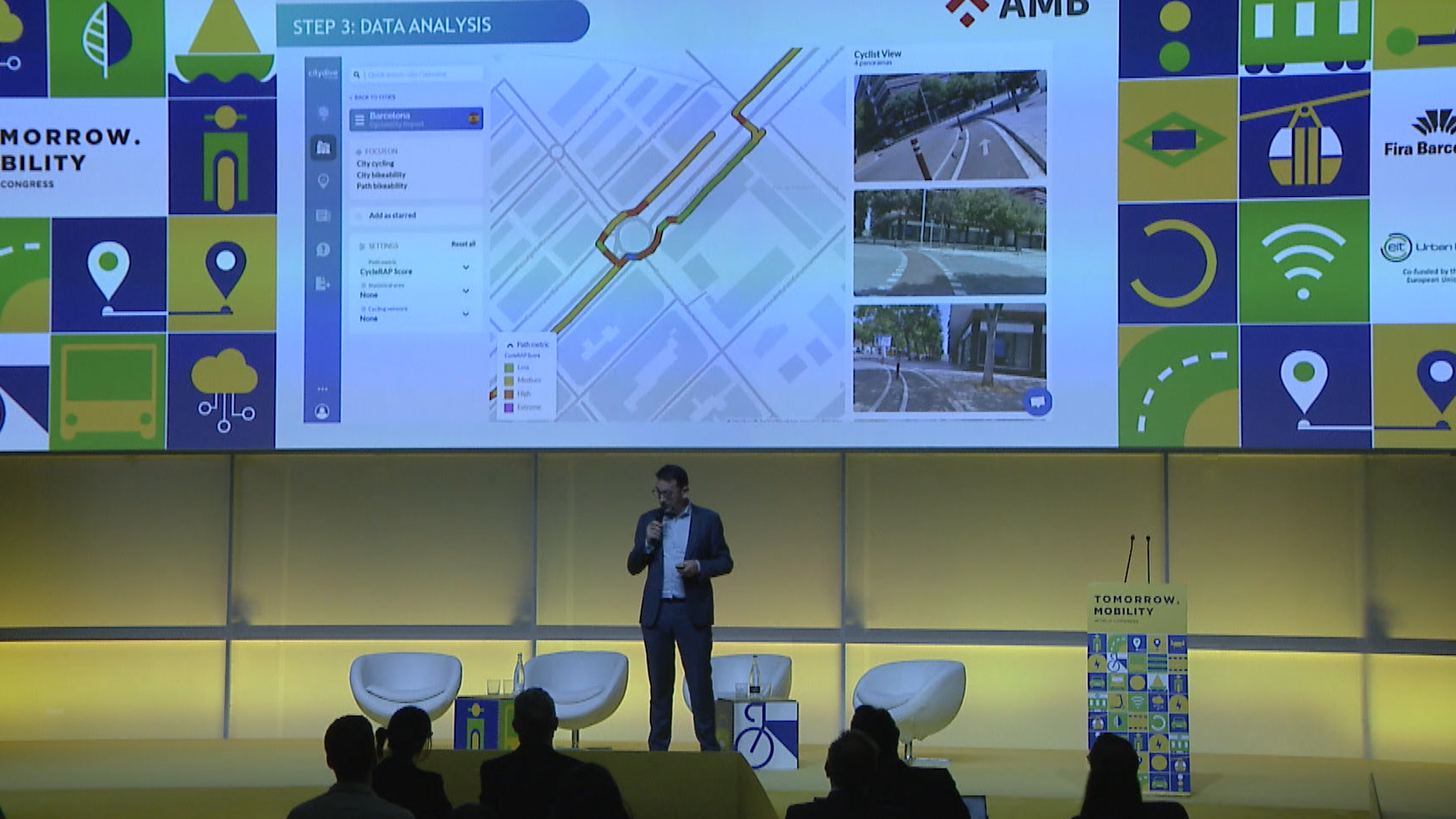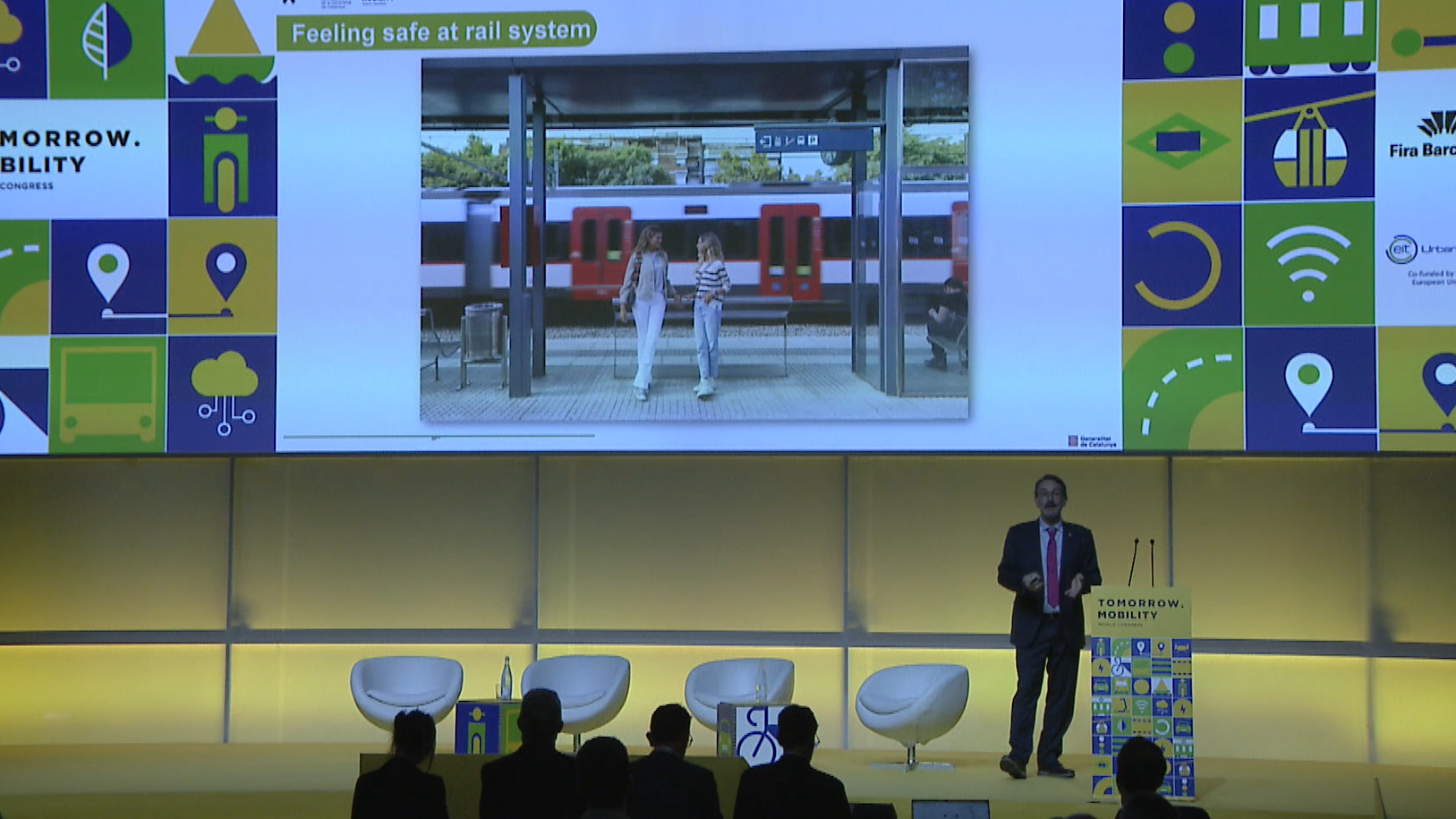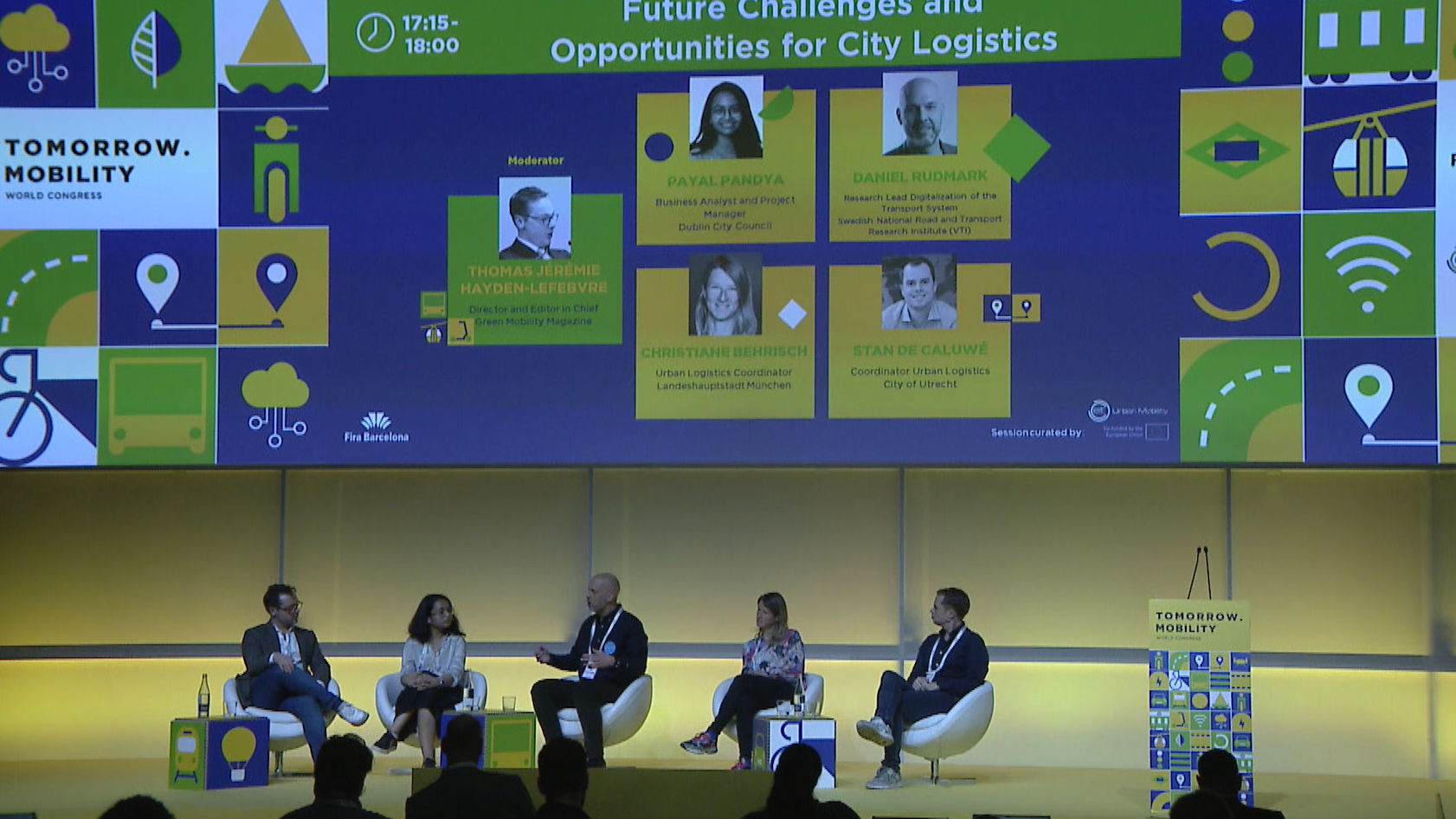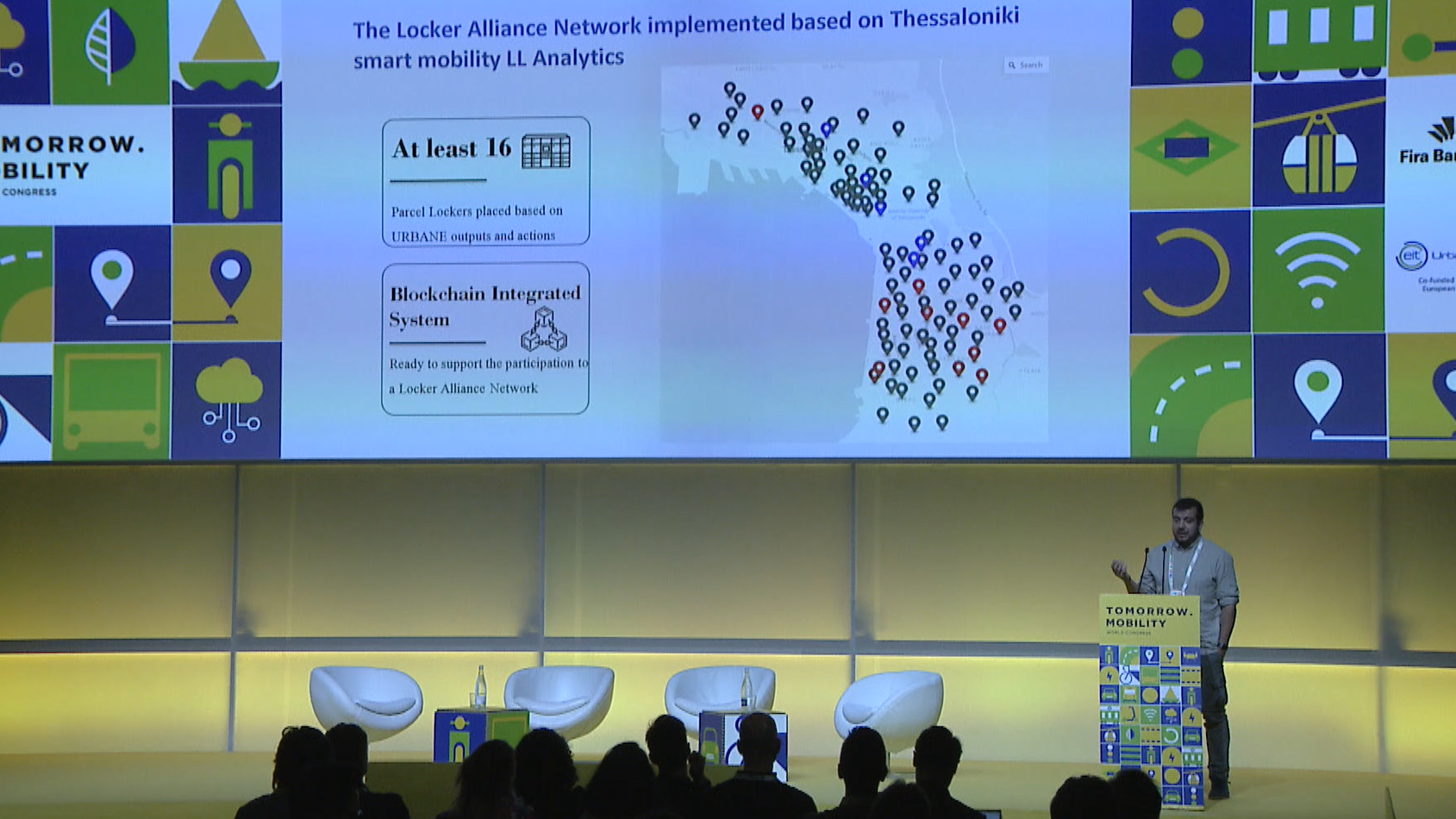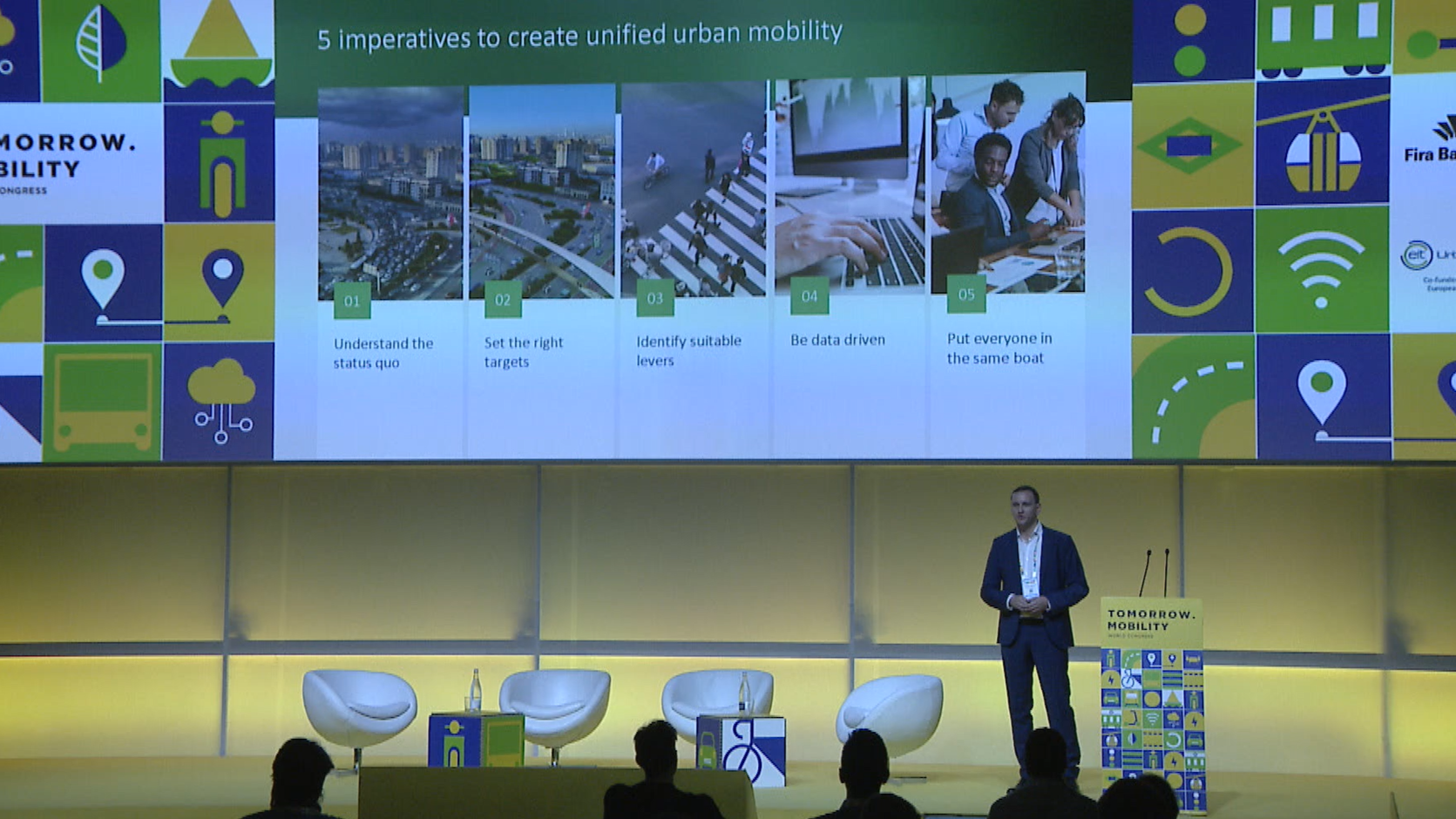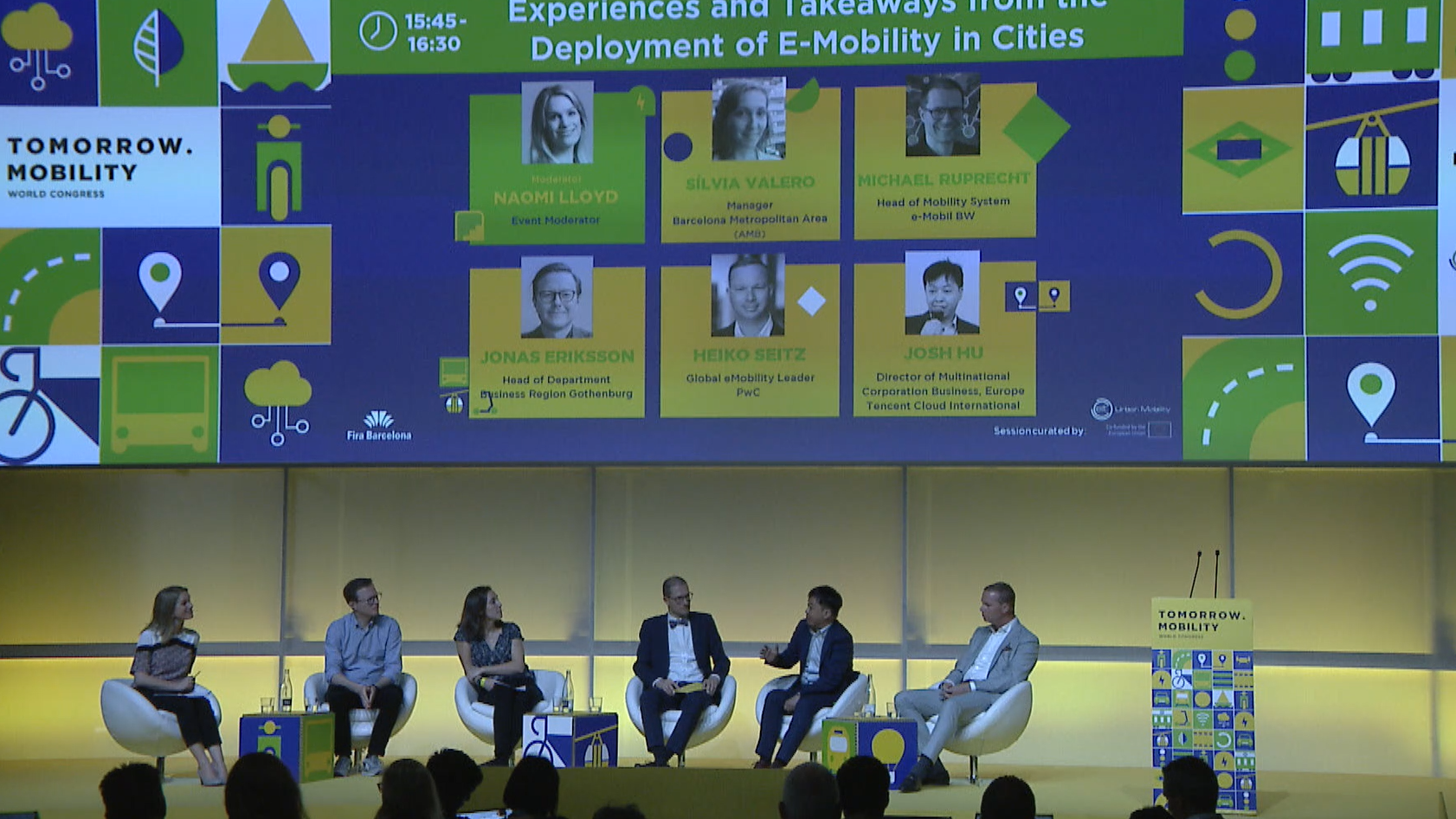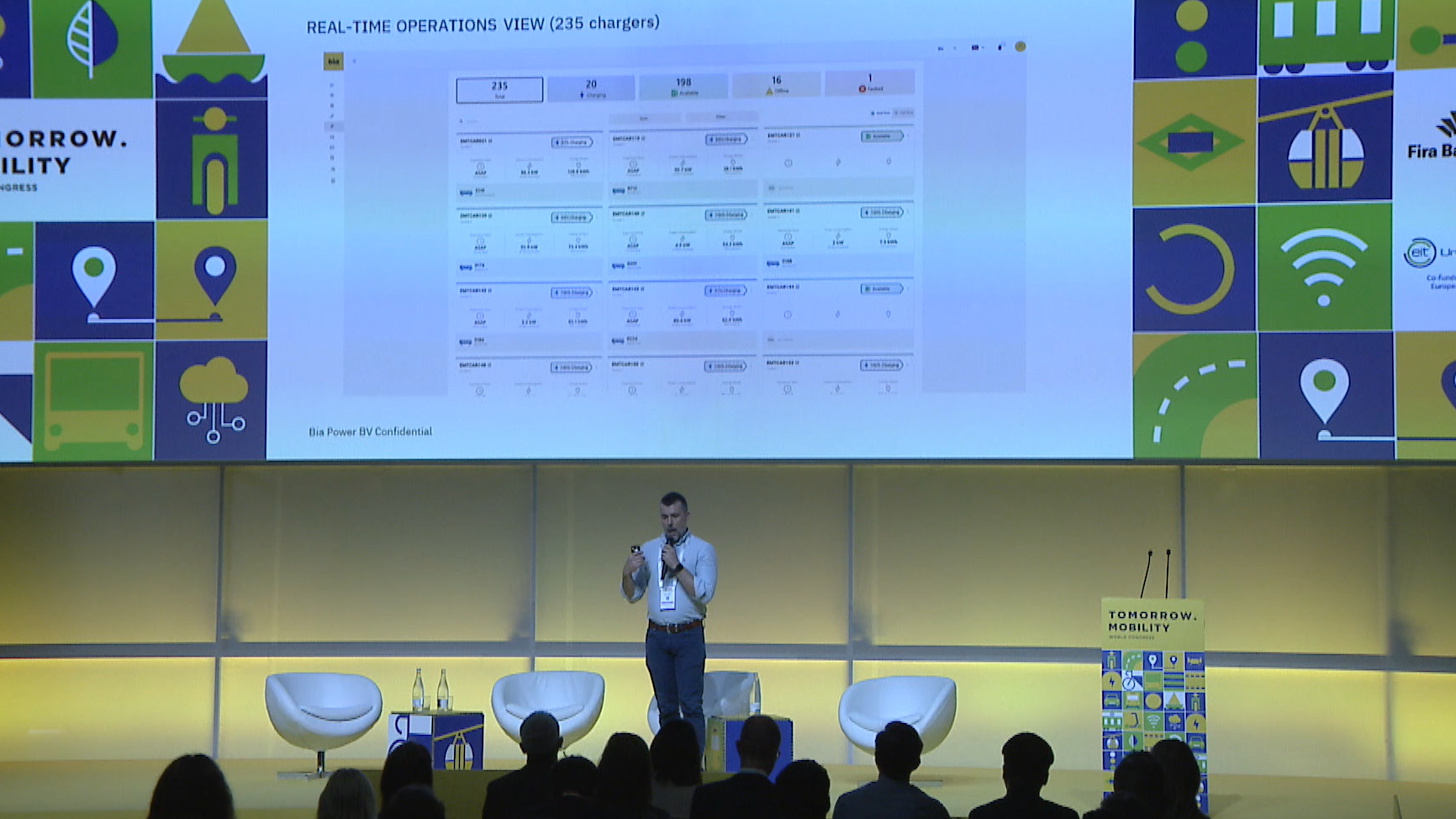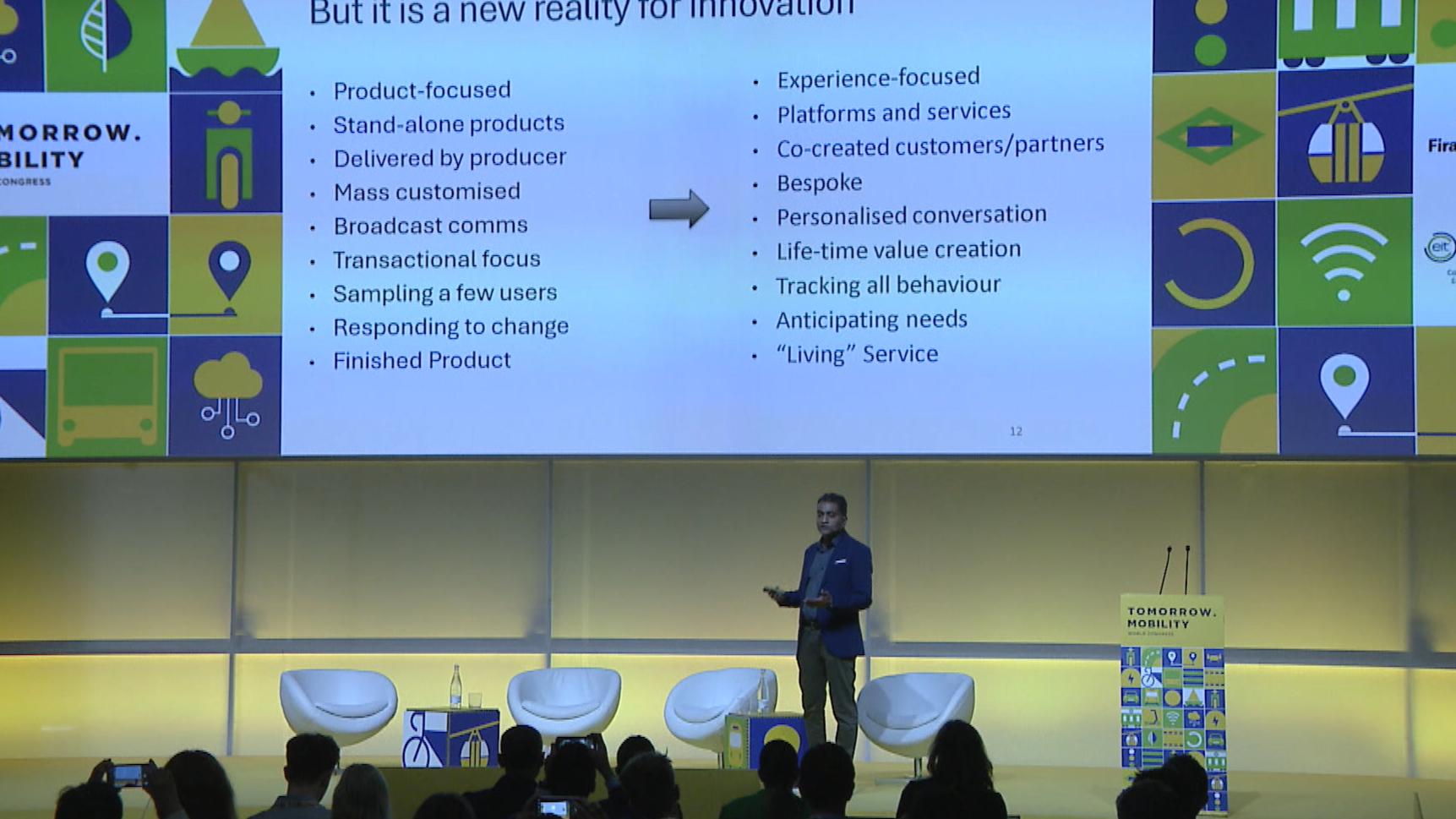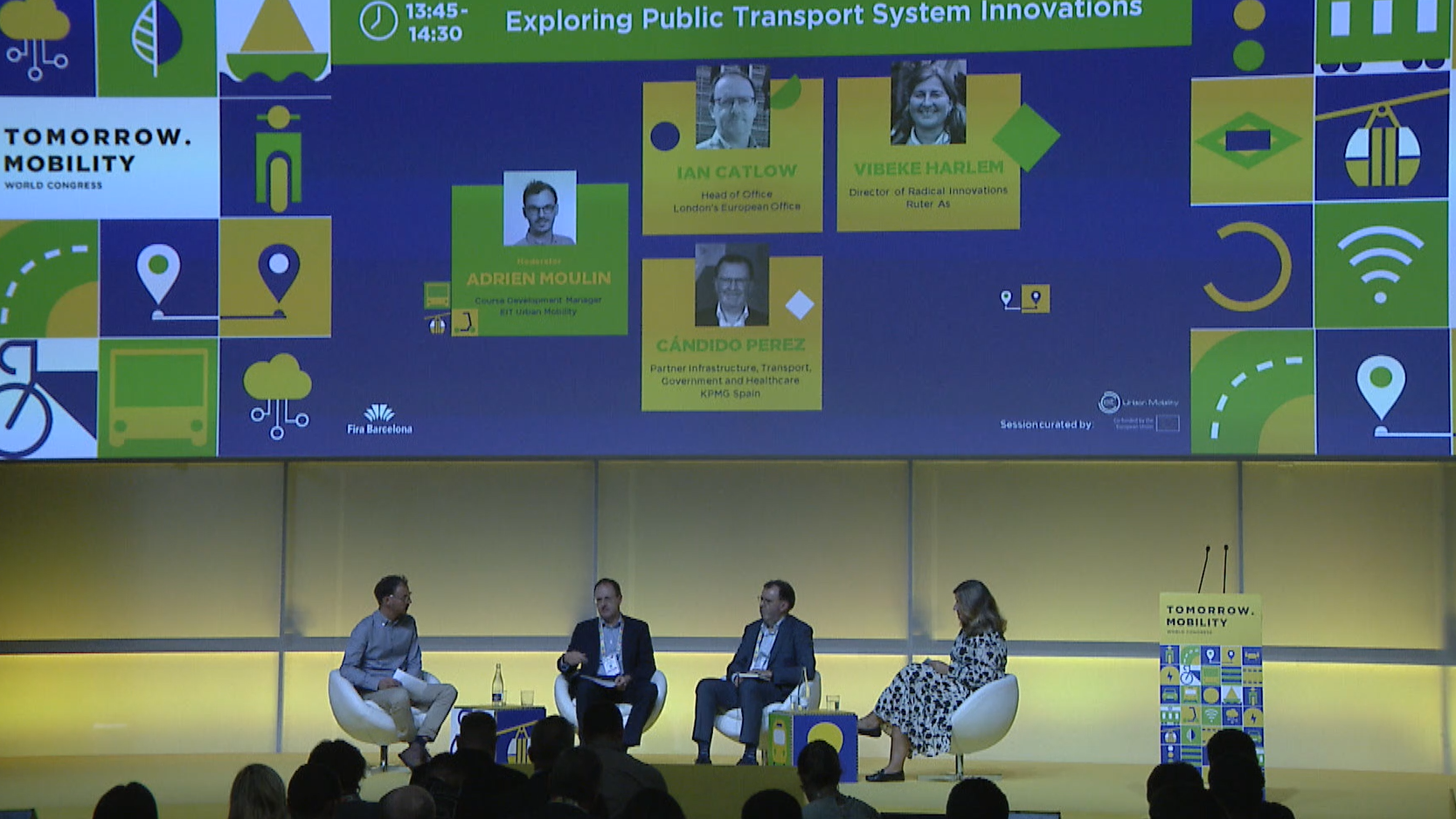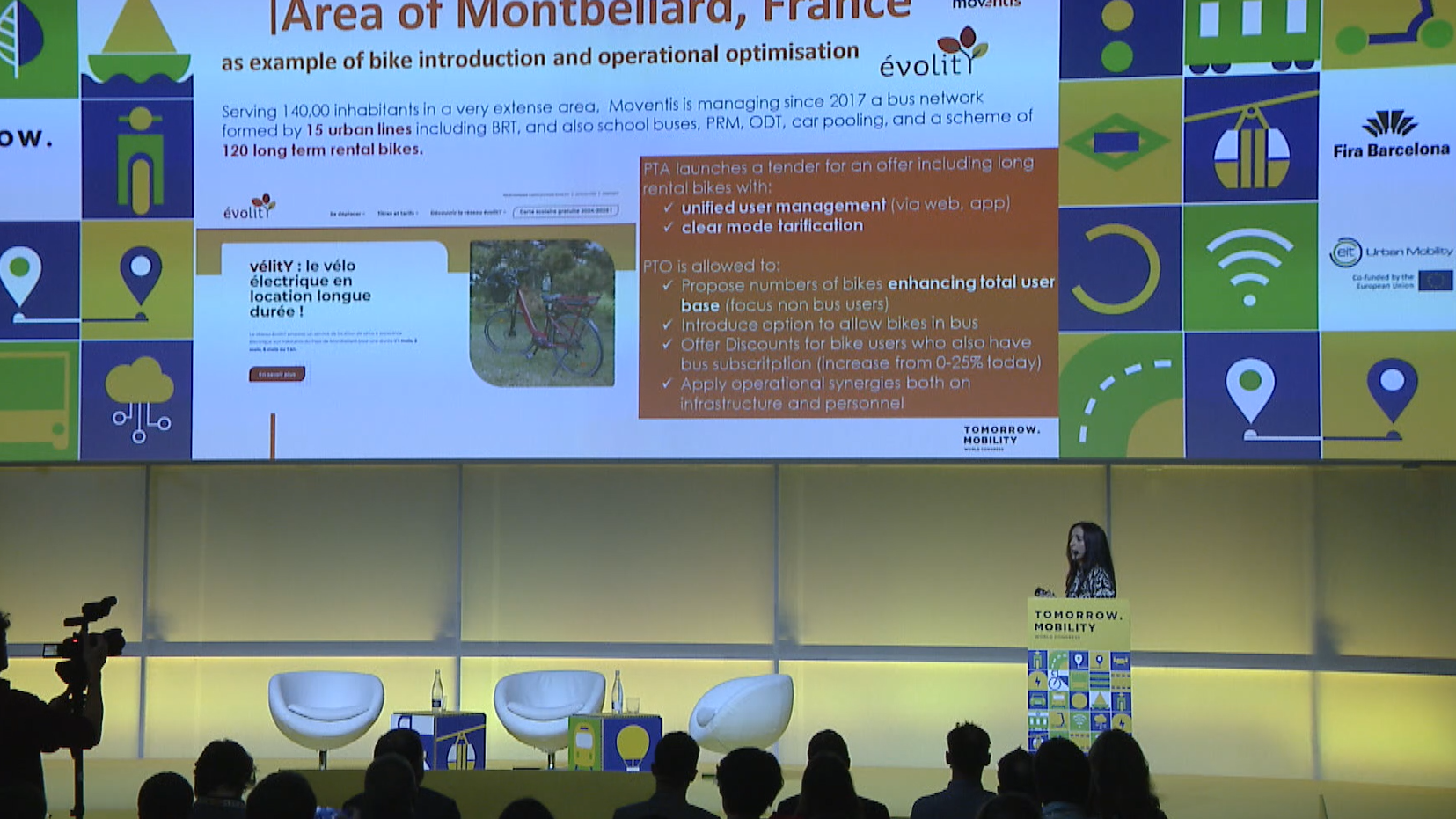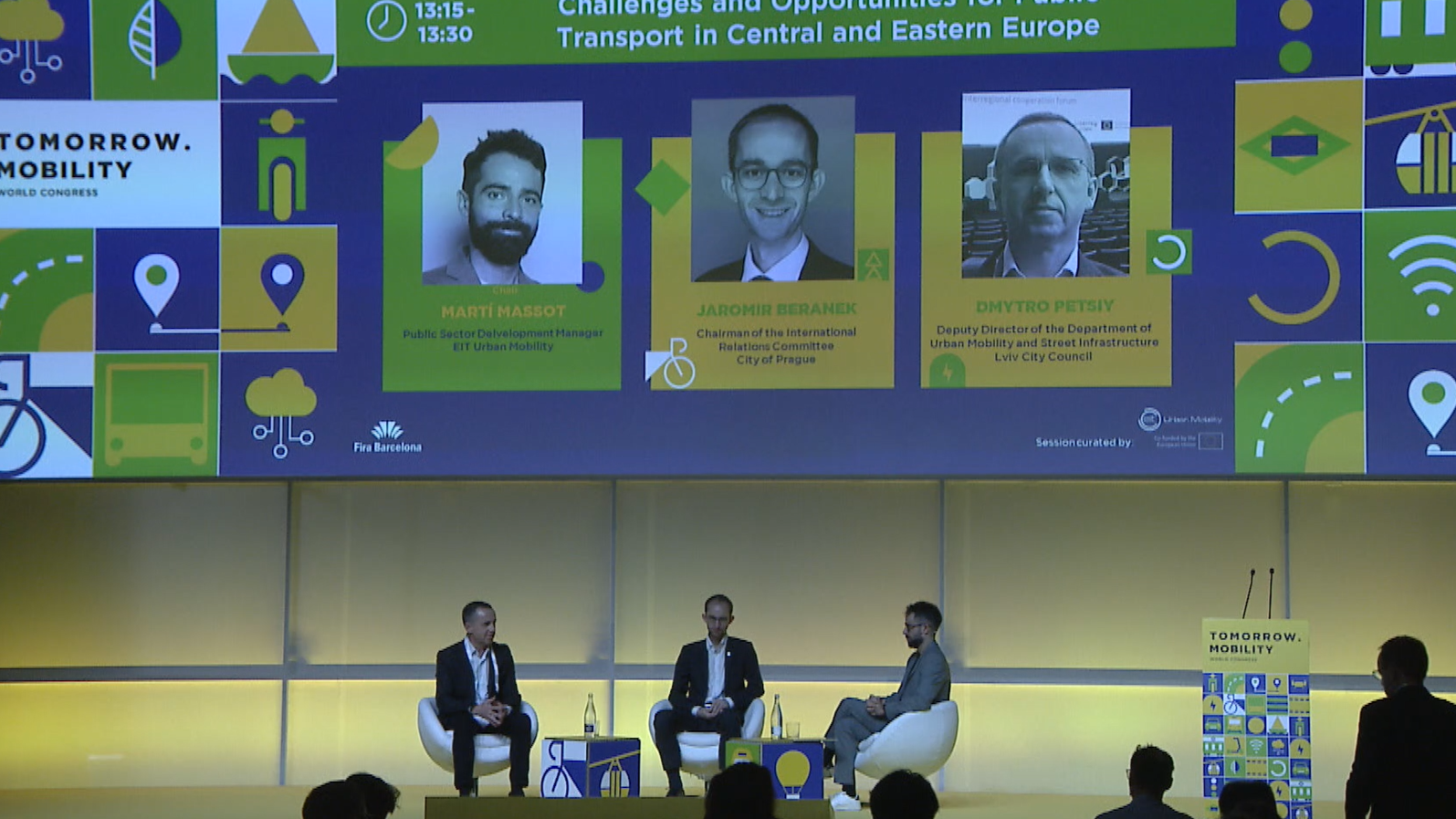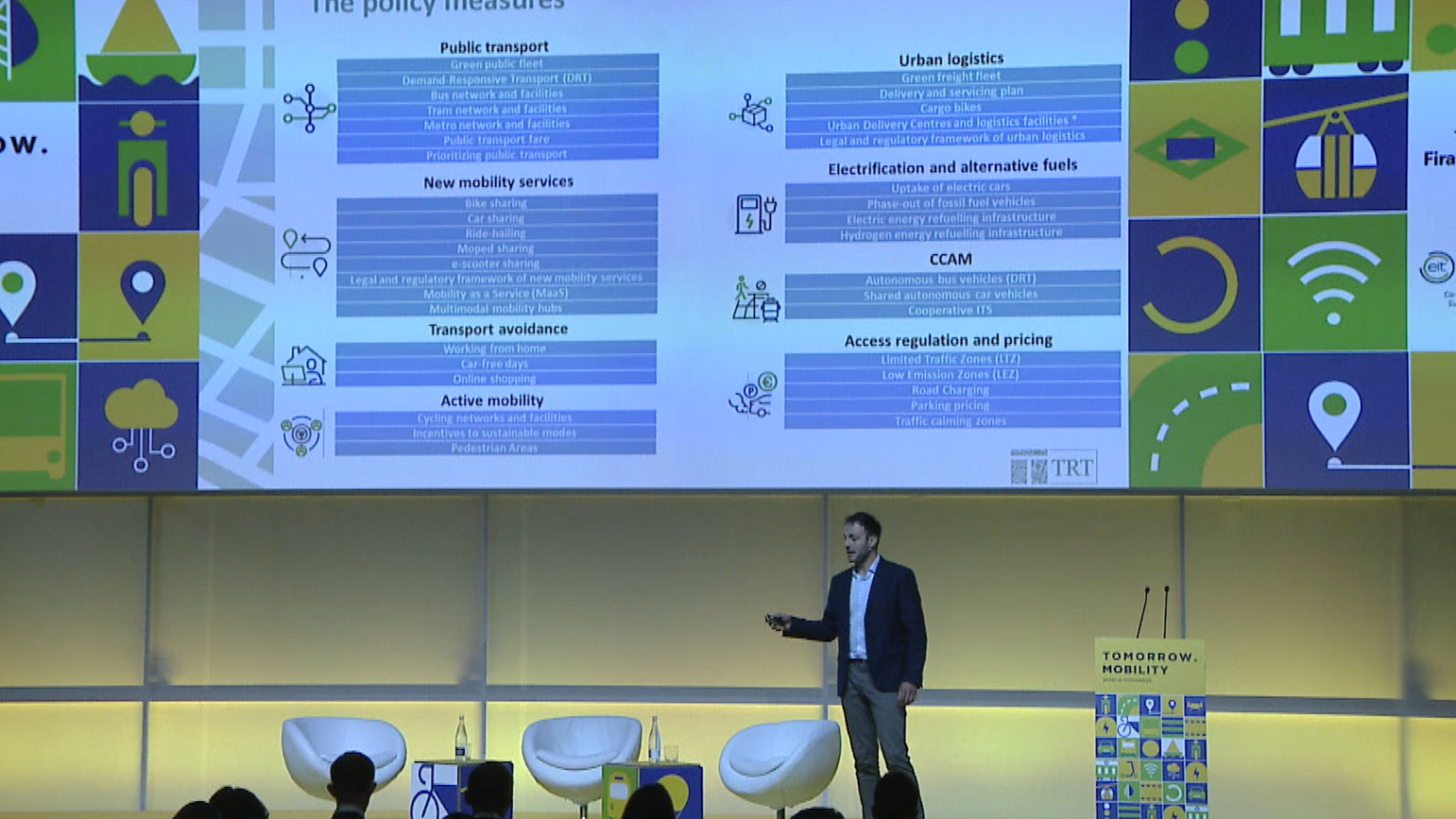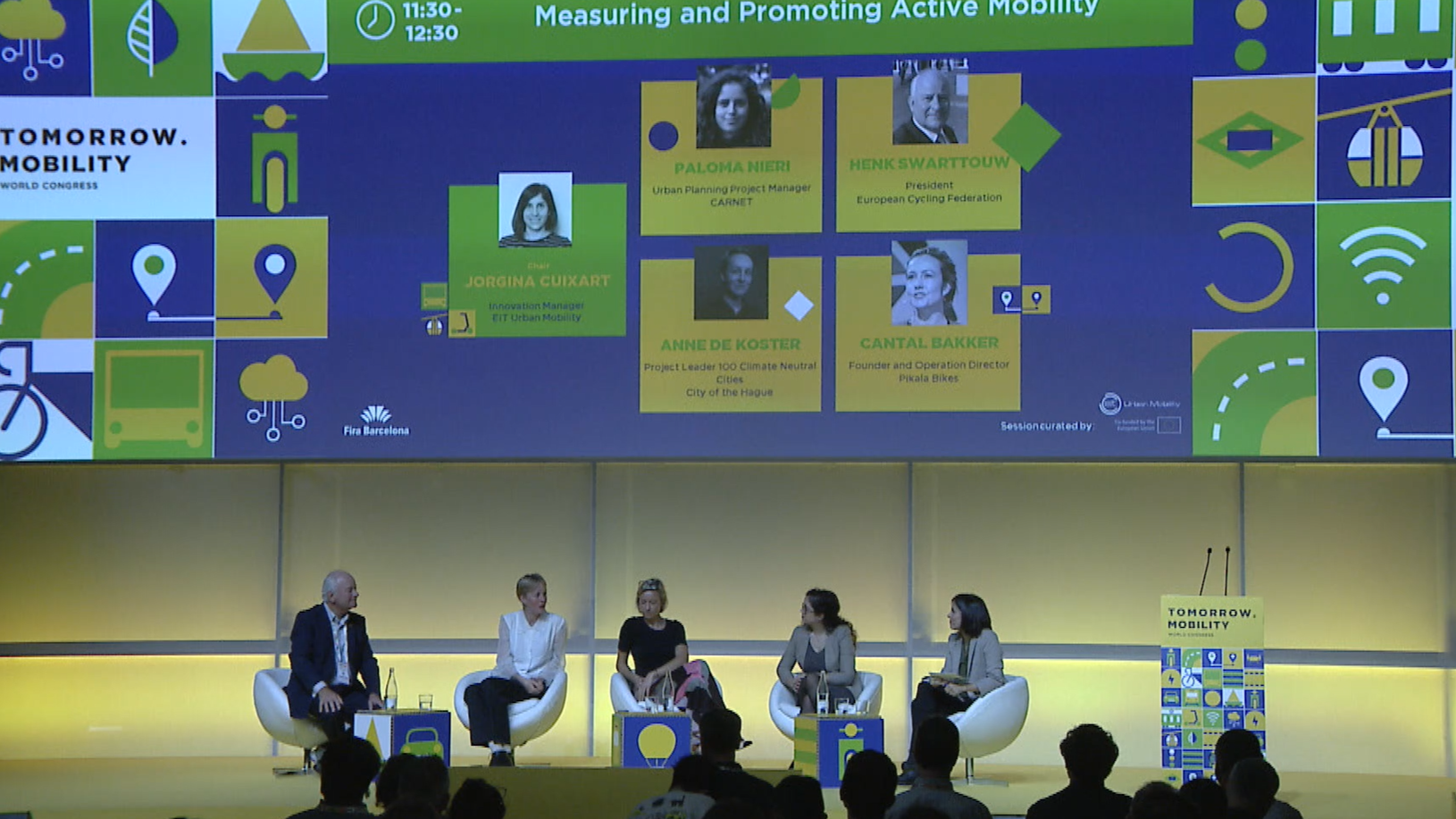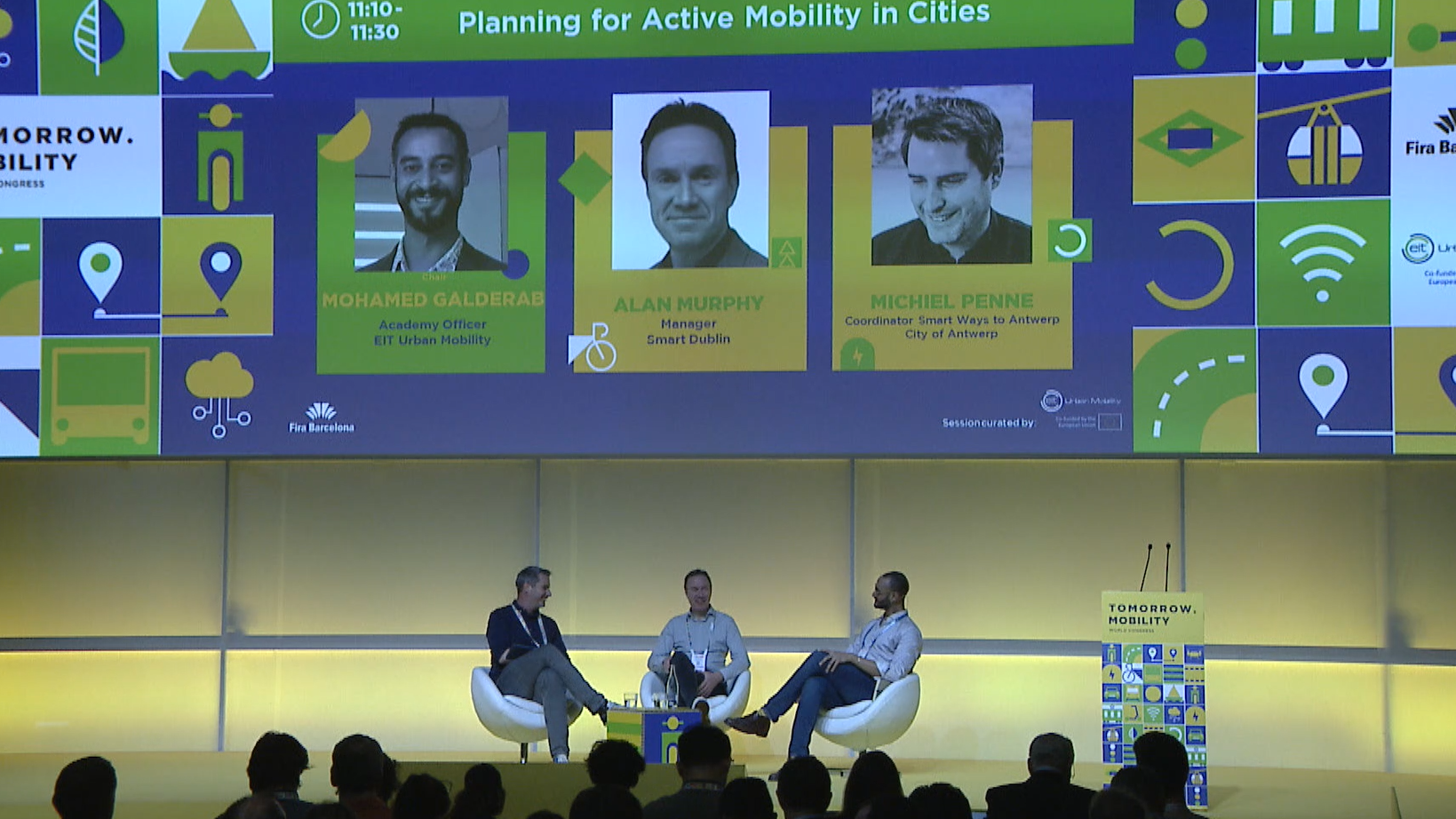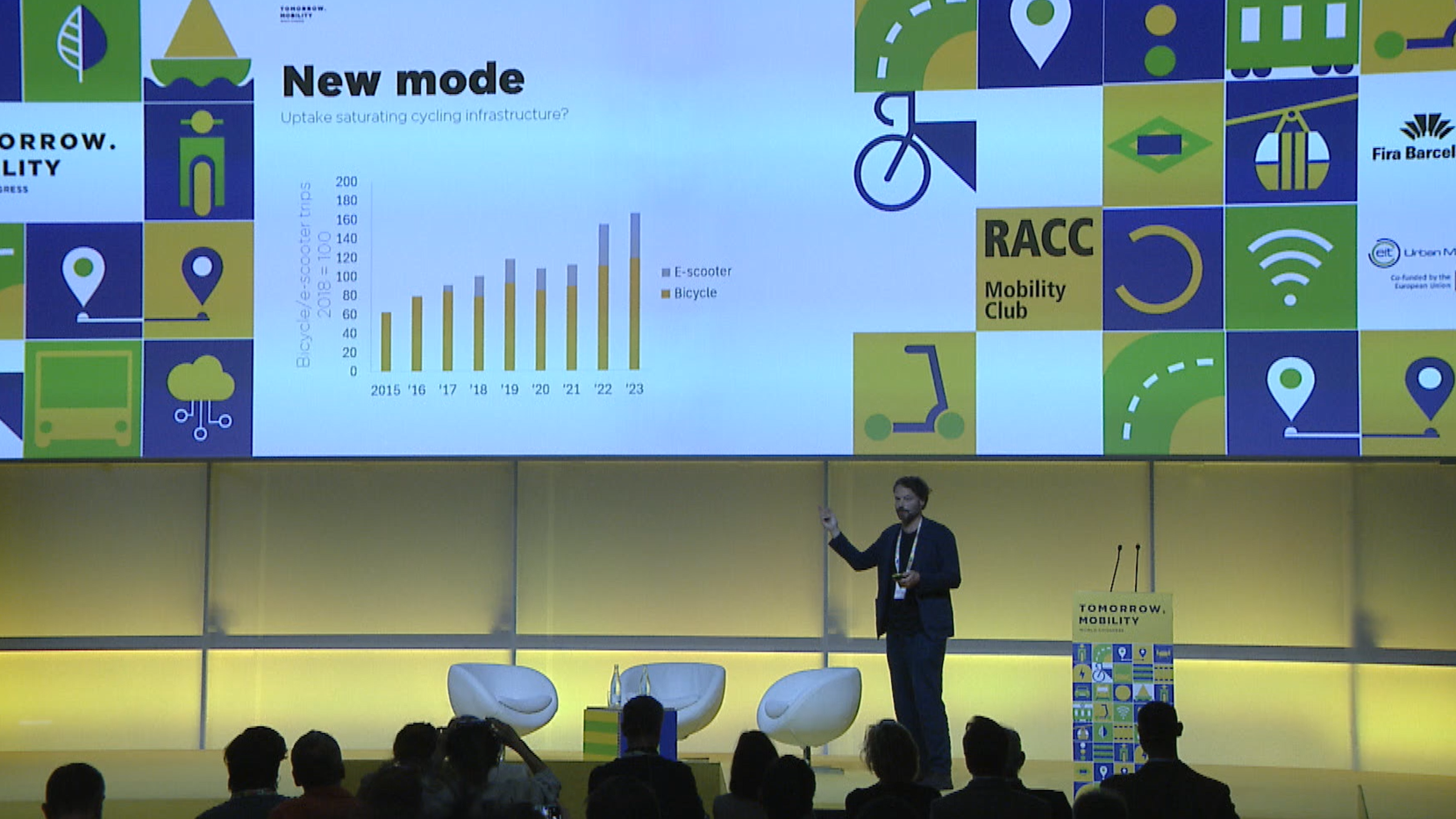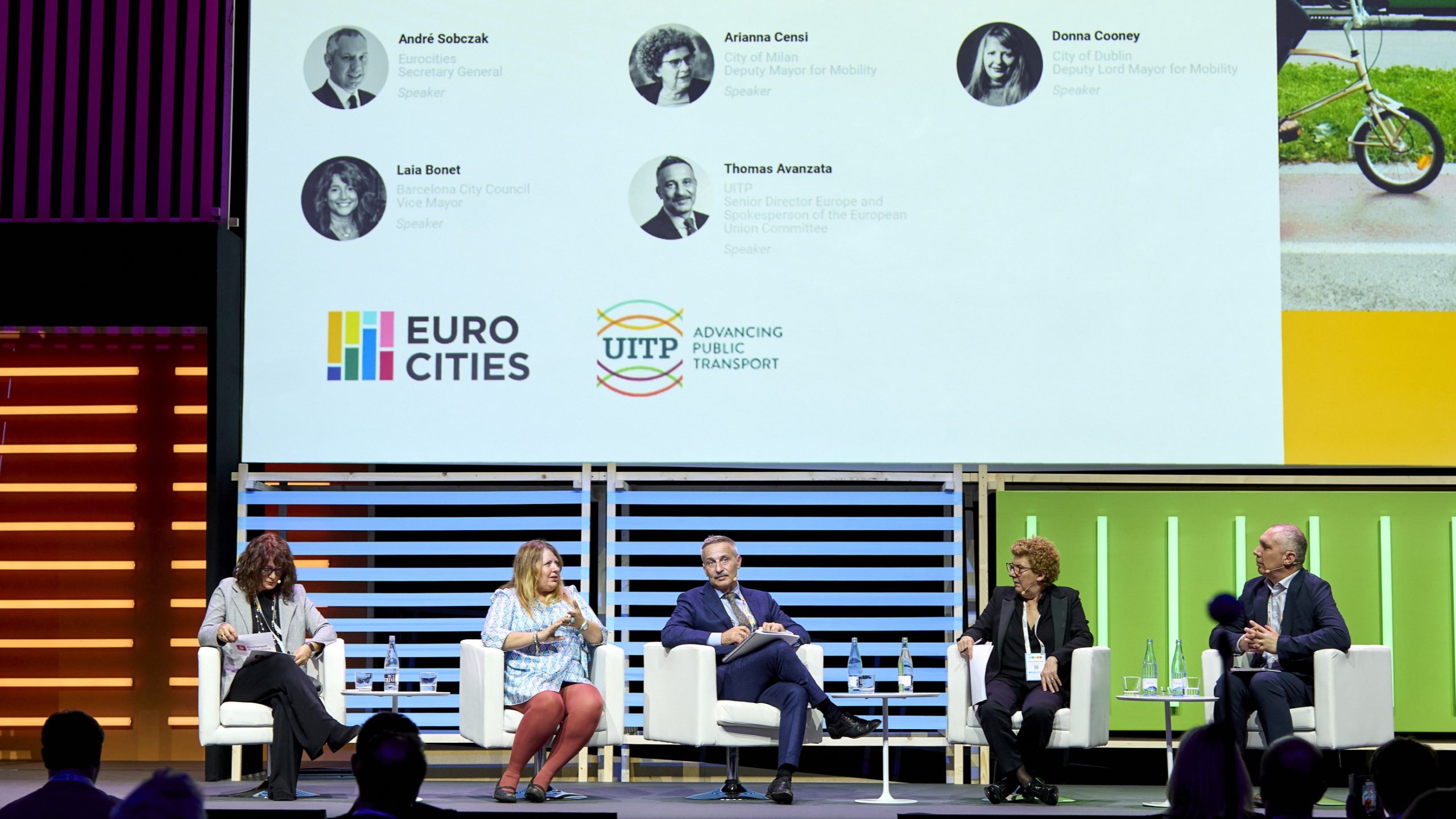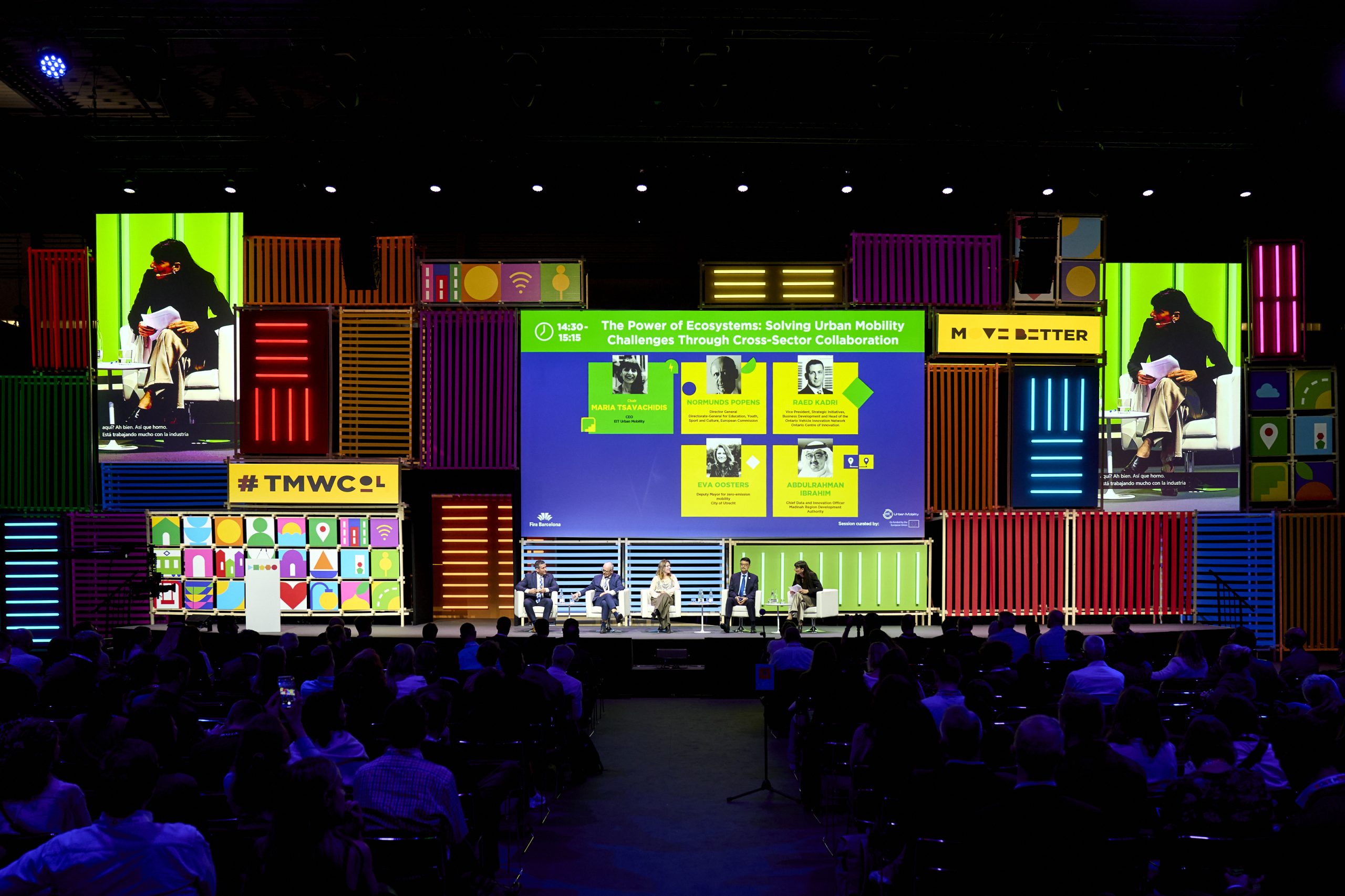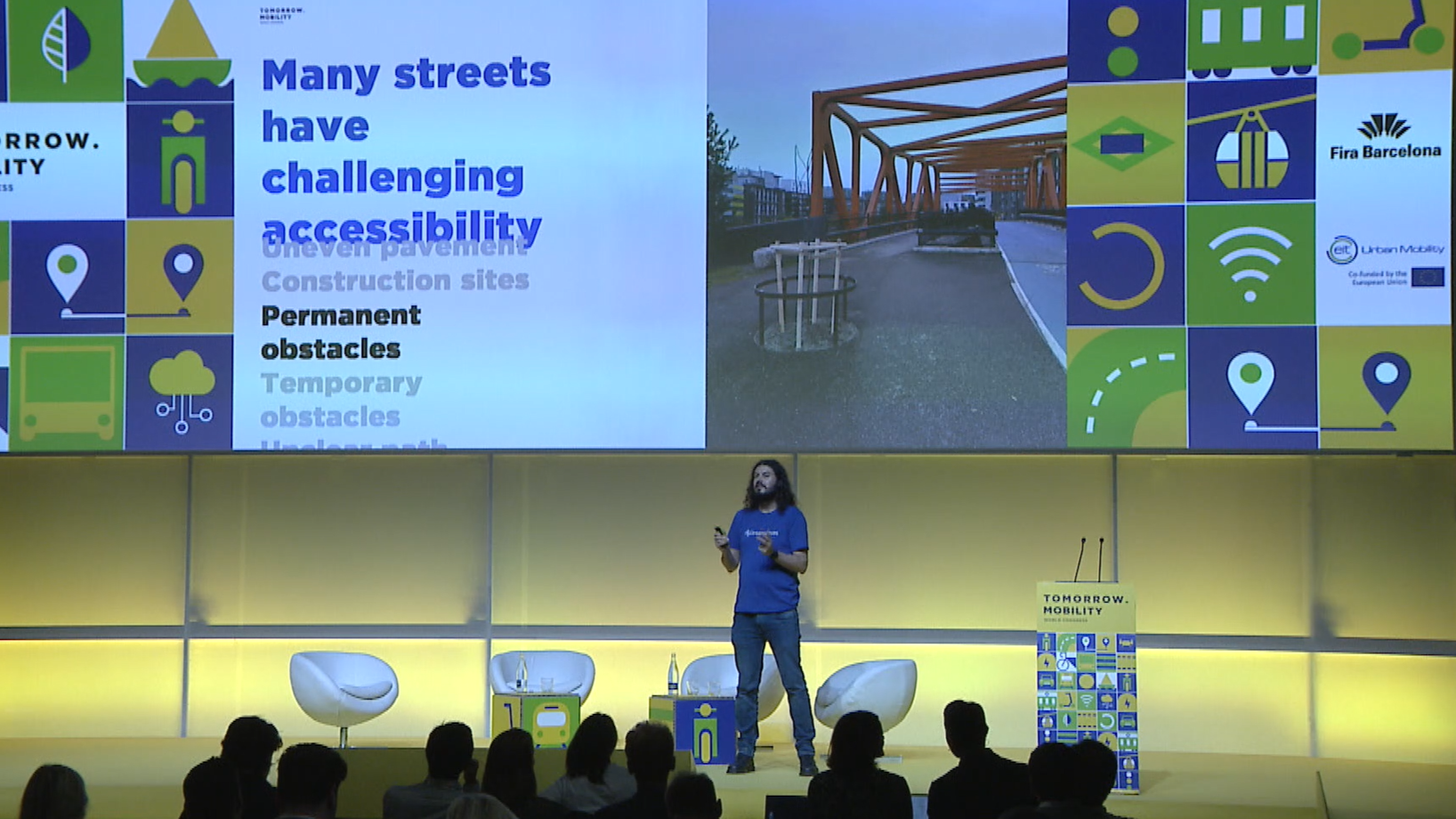This article was originally published by Mayors of Europe and is republished here with permission. Written by Sila Egridere, Architect and Smart City Expert.
Understanding the Concept of Placemaking
Recently, I had the privilege of interviewing Päivi Raivio, a Helsinki-based urban designer and placemaker recognized for her innovative work on people-centered public spaces. With a background in creative urban interventions and community engagement, Raivio’s projects demonstrate how thoughtful design can make cities more vibrant, inclusive, and welcoming for every season.

At its essence, placemaking transforms public spaces into dynamic, meaningful environments that reflect the aspirations of the communities they serve. Going far beyond the realm of standard urban design, placemaking fosters connections – between people, their surroundings, and one another. When done successfully, it not only ensures functionality but also promotes well-being, celebrates local culture, and nurtures a strong sense of belonging. By prioritizing both physical and mental health, placemaking guarantees that everyone, from children to seniors, feels safe and energized in shared spaces.
Culture is essential to placemaking, turning public spaces into vibrant canvases where local traditions, histories, and creativity can thrive. Equally important, diversity enriches these settings through elements like accessible pathways, multilingual signage, and intergenerational gathering spots – ensuring that people from all backgrounds feel genuinely valued.
Seasonal placemaking takes this a step further, ensuring spaces remain active and engaging year – round – whether through winter markets or outdoor summer festivals, each season can bring new opportunities for connection.
This focus on „Winter Placemaking“ is especially timely for European cities looking to address the challenges posed by colder, darker months. Although the festive charm of Christmas markets has passed, the winter season endures, reminding us of the need for welcoming areas that continue to foster community and activity. In our conversation with Päivi Raivio, we explore how European leaders and policymakers can draw on her insights to adapt public spaces for seasonal shifts while enhancing overall quality of life.
Insights from Päivi Raivio on Winter Placemaking
1. Defining Winter Placemaking for European Cities
According to Päivi Raivio, winter placemaking tackles the challenges of darker, colder, and often wetter months by emphasizing creativity instead of treating adverse weather as an excuse for underused public spaces. She urges city leaders to collaborate with residents of all ages to evaluate existing public areas and determine how activities like resting, socializing, and play can be adapted for various winter conditions and spatial contexts.
2. Engaging Communities in Seasonal Transformation
Raivio stresses the importance of including every generation in placemaking efforts. Her findings reveal that children still use outdoor furniture during winter, teenagers frequently lack suitable gathering spots, and older adults often struggle with feelings of isolation as temperatures drop. In a recent New European Bauhaus–funded project in Kerava, she and her team enlisted local youth to chart their daily routes and favorite haunts, uncovering a scarcity of welcoming winter spaces. To address this, they organized creative placemaking workshops, culminating in an urban experiment that incorporated modular seating, canopies, and innovative lighting. Feedback on both the process and the end result was notably positive.

Winter placemaking in Kerava by Parkly, Finland (Source: https:// parkly.city/project/welcoming-places-all-year-around/)
3. Addressing Winter’s Challenges in Urban Spaces
For Raivio, adaptability is key. She advocates for infrastructure and amenities that can function across a range of weather conditions, highlighting examples such as interactive rain-focused public art installations and canopies of varying sizes to provide shelter from rain, snow, or intense summer sun. Effective lighting, she notes, significantly influences comfort and enjoyment, and it can often be achieved through simple yet inventive solutions. Integrating indoor and outdoor elements – such as building canopies – can further boost usability, provided this approach aligns with the site’s scale and purpose.
4. Turning Seasonal Obstacles into Opportunities
Raivio believes that showcasing success stories is an excellent way to encourage a positive attitude toward winter placemaking. She points to Montreal – celebrated for its cold-weather initiatives – and Oulu in Northern Finland, where residents cycle year-round, as prime examples. Highlighting the potential to address loneliness, enhance a city’s image, and support local businesses, she recommends community-driven collaborations to identify suitable locations, themes, and activities. Winter placemaking can take many forms, from permanent installations to events like “Winter Streets,” illustrating that the season offers endless creative possibilities.

On March 12, 2022, the first Frozen People event took place in Nallikari on the sea ice. Frozen People is a festival celebrating electronic music, arctic art, and culture organized by Oulu Urban Culture. Ice Carousel light artwork “Häkki” by Janne Käpylehto
5. The Power of Art and Culture in Winter Placemaking
In Raivio’s view, winter should be approached with a broader perspective that extends beyond traditional festive periods. She encourages drawing inspiration from overlooked elements – such as imagining what a rain festival might entail – and underscores how art and creative placemaking can redefine how people engage with outdoor spaces. Though individuals may spend less time outdoors in winter, the experiences can be equally impactful. She cites the “Frozen People” festival in Oulu as a vivid example, where ice and snow serve as central themes in a playful, art-infused event that showcases winter’s unique character.
6. Integrating Sustainability in Winter Urban Design
Päivi Raivio emphasizes the importance of maintaining high sustainability standards as winter placemaking gains traction. She advocates for using live plants rather than artificial ones, noting that while plant selection may be limited in colder months, visual appeal can be enhanced through LED lighting. For instance, potted spruce trees can be replanted after the season instead of being discarded, illustrating a more circular approach. While many winter placemaking projects focus solely on static lighting solutions, Helsinki’s Light Swing, designed by RaivioBumann, offers an interactive and energy-efficient alternative. This self-powered swing not only enlivens public spaces but also redefines how people engage with urban environments during the colder months.
Raivio further encourages prioritizing durable, reusable materials and integrating recyclable or biodegradable elements to achieve large-scale visual impact without compromising environmental responsibility.

Light Swing, designed by RaivioBumann (Source: https:// raiviobumann.com/project/light-swing/)
7. Lessons for Europe from the Nordic Experience
Raivio sees significant potential for further winter placemaking innovation in Nordic countries and believes inspiration should flow both ways – within the Nordic region and beyond. She notes that winter sports and outdoor activities are deeply ingrained in Nordic urban life, highlighting initiatives like converting public squares into ice-skating rinks. A notable example is found in Tapiola, Espoo, where an architectural pond doubles as a skating rink in winter, complete with festive lights and a hot chocolate kiosk. While milder winters are becoming more common, Raivio suggests looking to other European cities – such as Amsterdam, where light festivals celebrate the winter season – for fresh ideas and complementary approaches.

Amsterdam Light Festival (source: Winter Festival Amsterdam)
8. Preparing for the Future of Winter Placemaking
From Raivio’s perspective, cities need to map how public spaces are utilized under different weather conditions to identify opportunities for improvement. She stresses the importance of accounting for all age groups, citing a personal observation where someone found joy in rainy, slushy weather – highlighting how attitudes toward winter can vary. Raivio also points out emerging trends and technologies, such as sensors, which could help measure and adapt spaces based on real-time usage data. By embracing these tools, city planners can develop more informed, responsive winter placemaking strategies.
9. Practical Steps for City Leaders
To achieve meaningful and lasting results, Raivio urges policymakers to assess user needs, accessibility, and inclusivity across all demographics – recognizing that smaller parks may sometimes be more impactful than large squares, depending on local objectives. She encourages urban experiments as a way to test new ideas, gather feedback, and refine strategies for longterm implementation. According to Raivio, such pilot projects can yield surprisingly positive outcomes, reinforcing the value of flexible, participatory approaches to winter placemaking.
Conclusion
Placemaking is ultimately about forging deeper connections – between people, their environments, and one another. By placing community needs and aspirations at the heart of design, it elevates ordinary areas into vibrant, meaningful spaces. In every aspect – be it health, cultural identity, inclusivity, or robust administration -placemaking underscores that thriving cities are those which embody collective visions, experiences, and hopes. Effective governance, participatory decision-making, and transparent resource allocation are key to ensuring these spaces evolve alongside the communities they serve. When policymakers, planners, and citizens
unite behind a shared purpose, placemaking becomes more than a concept: it is a catalyst for resilient, inclusive, and dynamic urban life.
References:
https://www.climate-kic.org/news/the-new-european-bauhaus-inspires-co-creation-andconnection-
across-europe/
https://futurevents.oulu.com/en/pilot-result-all-the-power-needed-at-frozen-peoplefestival-
could-be-self-generated/
https://winterfestivalamsterdam.com/event/amsterdam-light-festival/
https://www.pps.org/article/what-is-placemaking
https://parkly.city/project/welcoming-places-all-year-around/
https://raiviobumann.com/project/light-swing/




